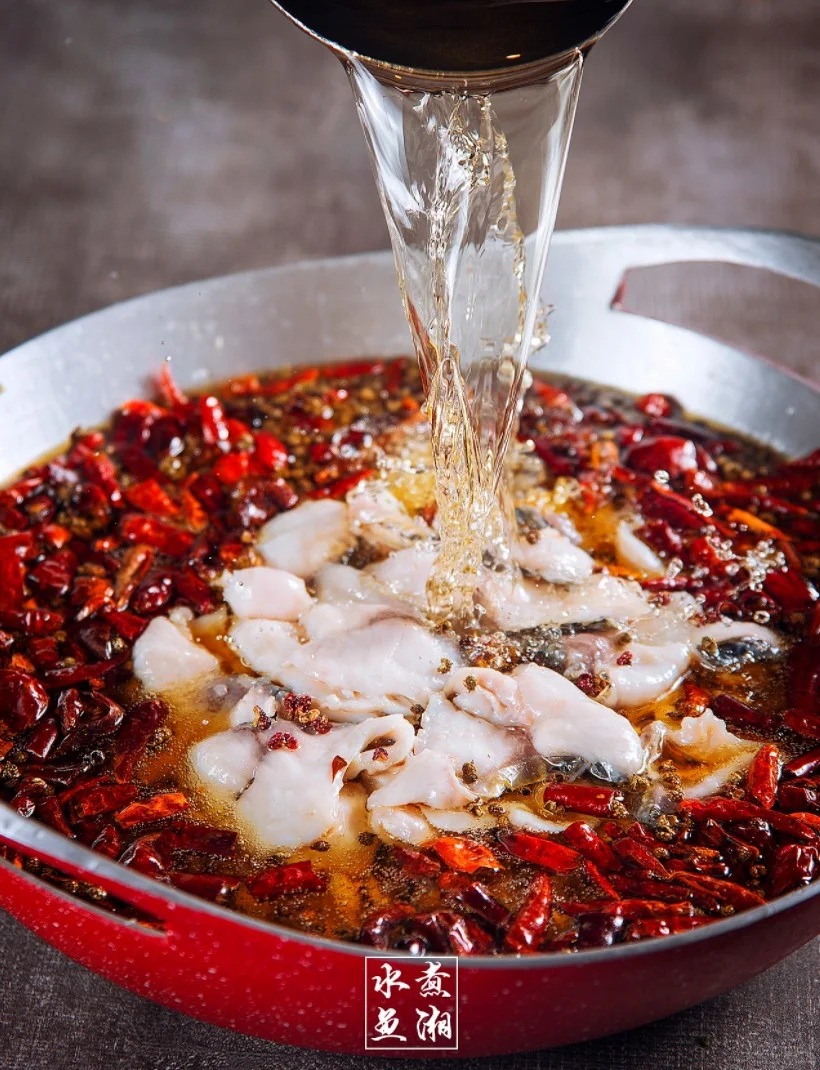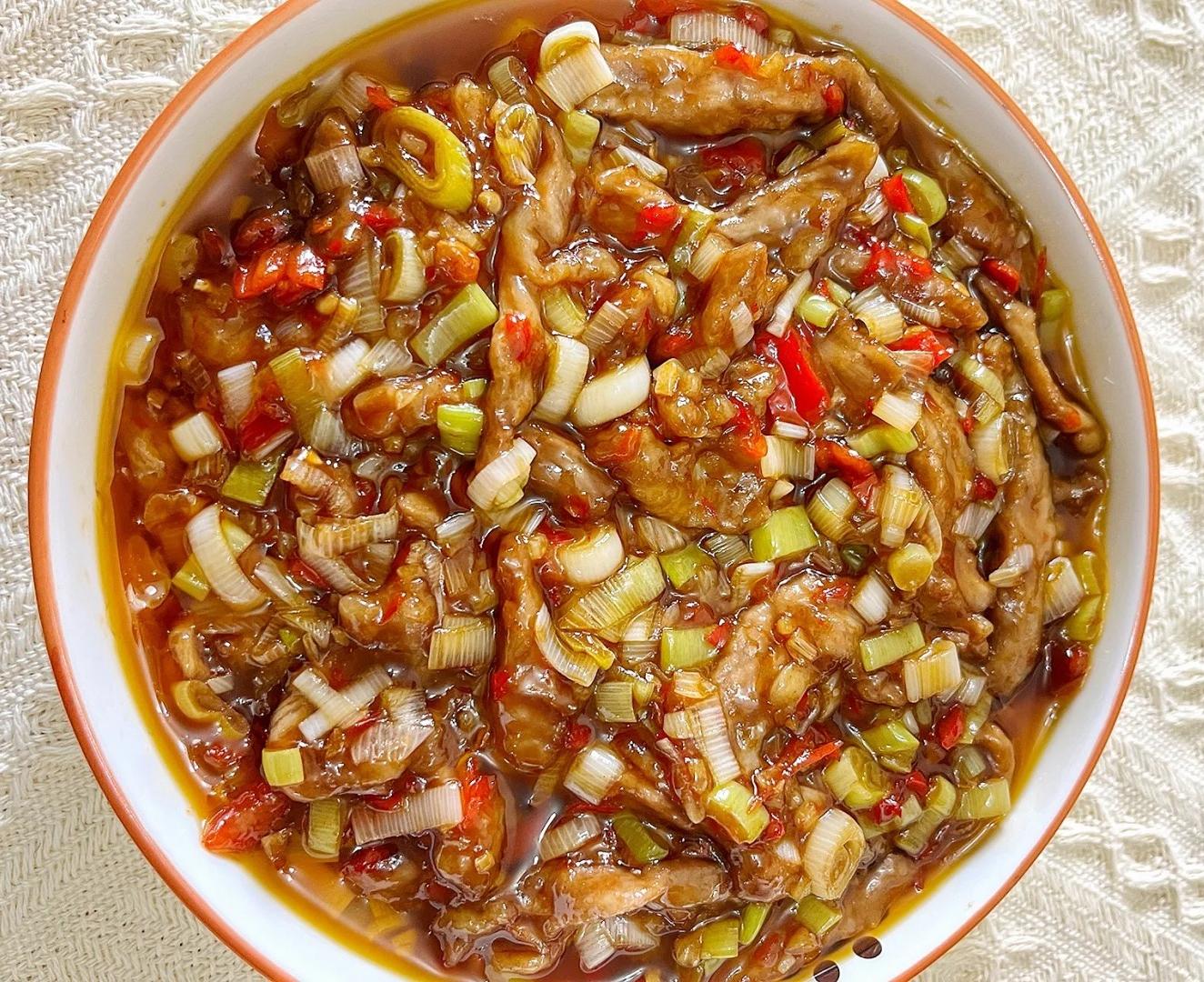Sichuan cuisine, also known as Chuan cuisine, is one of the Eight Great Cuisines of China. It is renowned for its unique flavors and diverse seasonings, particularly its signature numbing and spicy taste. Sichuan cuisine is not only popular throughout China, but also widely recognized in Chinese restaurants around the world. The development of Sichuan cuisine is closely linked to Sichuan's distinctive geographical environment, climate, and abundance of ingredients, with a rich cultural heritage behind it.
Sichuan cuisine began to take shape during the Qin Dynasty and the Three Kingdoms period. At that time, Chengdu gradually became the political, economic, and cultural center of Sichuan. The selection of ingredients, use of seasonings, and mastery of cooking techniques, such as knife skills and control of heat, had already begun to take form.
During the reigns of King Hui of Qin and Emperor Qin Shi Huang, large-scale migration to Sichuan brought advanced production technologies from Central China, greatly boosting productivity. The Bashu region became even more prosperous during the Han Dynasty. After Zhang Qian’s journey to the Western Regions, he introduced various ingredients like cucumbers, broad beans, walnuts, soybeans, and garlic, enriching the variety of ingredients and seasonings used in Sichuan cuisine.
Key Characteristics of Sichuan Cuisine
Numbing and Spicy Flavors
The core feature of Sichuan cuisine is the "mala" flavor. "Ma" refers to the numbing sensation caused by Sichuan peppercorns, while "la" refers to the spiciness of chili peppers. Sichuan cuisine emphasizes "complex flavors," meaning multiple seasonings work together to create dishes that have not only a numbing and spicy kick but also layers of sour, sweet, fresh, and salty flavors.
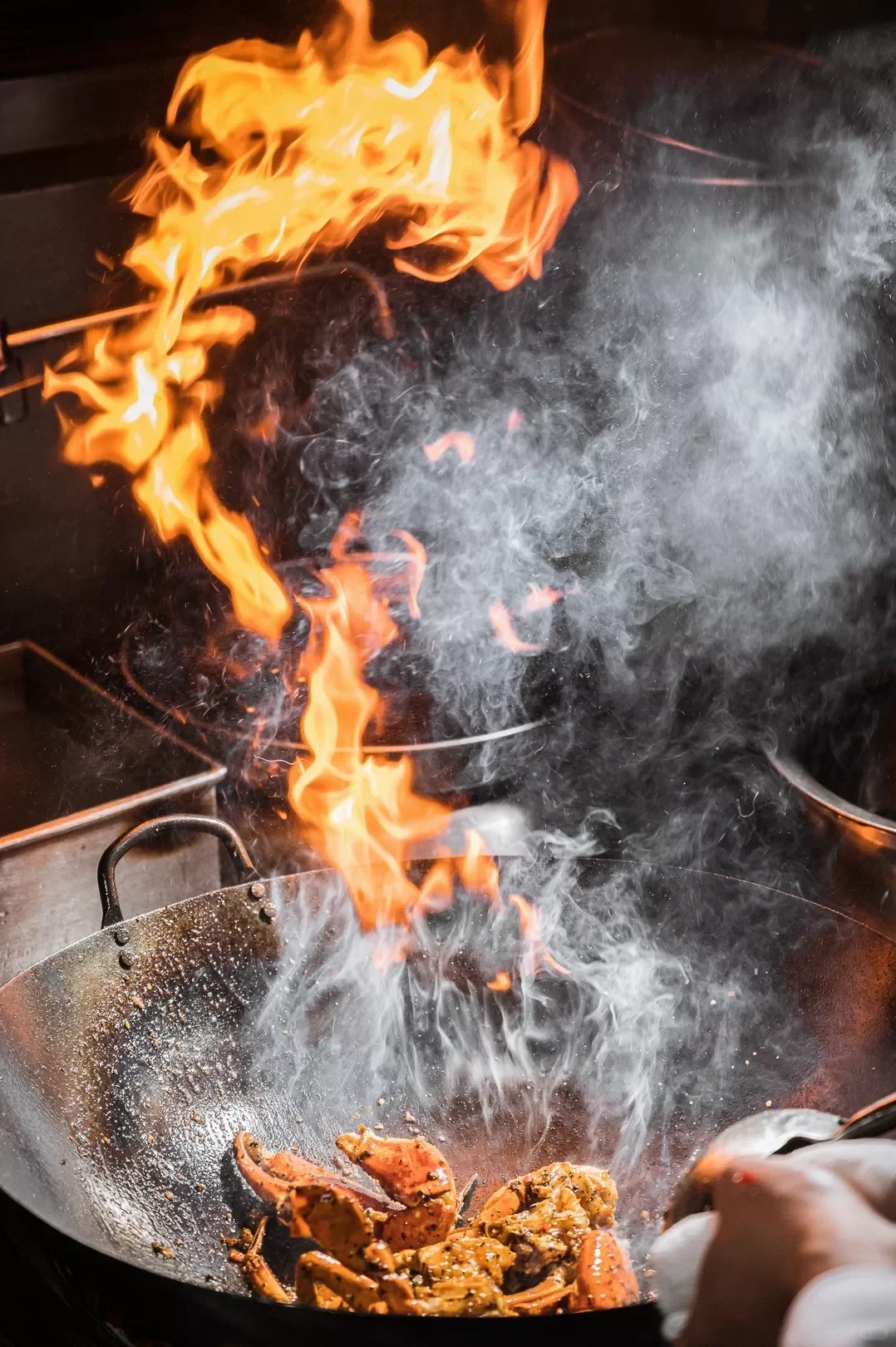
Varied Seasonings
Sichuan cuisine is known for its rich and varied use of seasonings, including Sichuan peppercorns, chili peppers, fermented broad bean paste, soy sauce, vinegar, and more. There’s a saying, "One dish, one flavor; a hundred dishes, a hundred flavors," meaning each dish has a unique taste. Sichuan cuisine currently boasts 24 basic flavor profiles, including mala, sour-spicy, fish-flavored, and homestyle.
Flexible Cooking Methods
Sichuan cuisine employs a wide variety of cooking techniques, from common methods like frying, boiling, braising, and stewing, to specialized techniques like marinating, roasting, and stir-frying. Each dish uses a specific method to achieve the best flavor. For example, Mapo Tofu is typically boiled, while Twice-Cooked Pork is primarily stir-fried.
Emphasis on Color, Aroma, and Flavor
In addition to delicious taste, Sichuan cuisine pays attention to the presentation and color combination, striving to create visually appealing dishes. Many Sichuan dishes are vibrantly colored, such as the bright red of chili peppers, the green of fresh vegetables, and the golden hue of fried ingredients, making the dishes more enticing.
Representative Dishes of Sichuan Cuisine
Mapo Tofu: A classic mala dish made with tofu, minced beef, chili oil, and Sichuan peppercorns, offering a fragrant, numbing, and spicy taste with tender tofu.
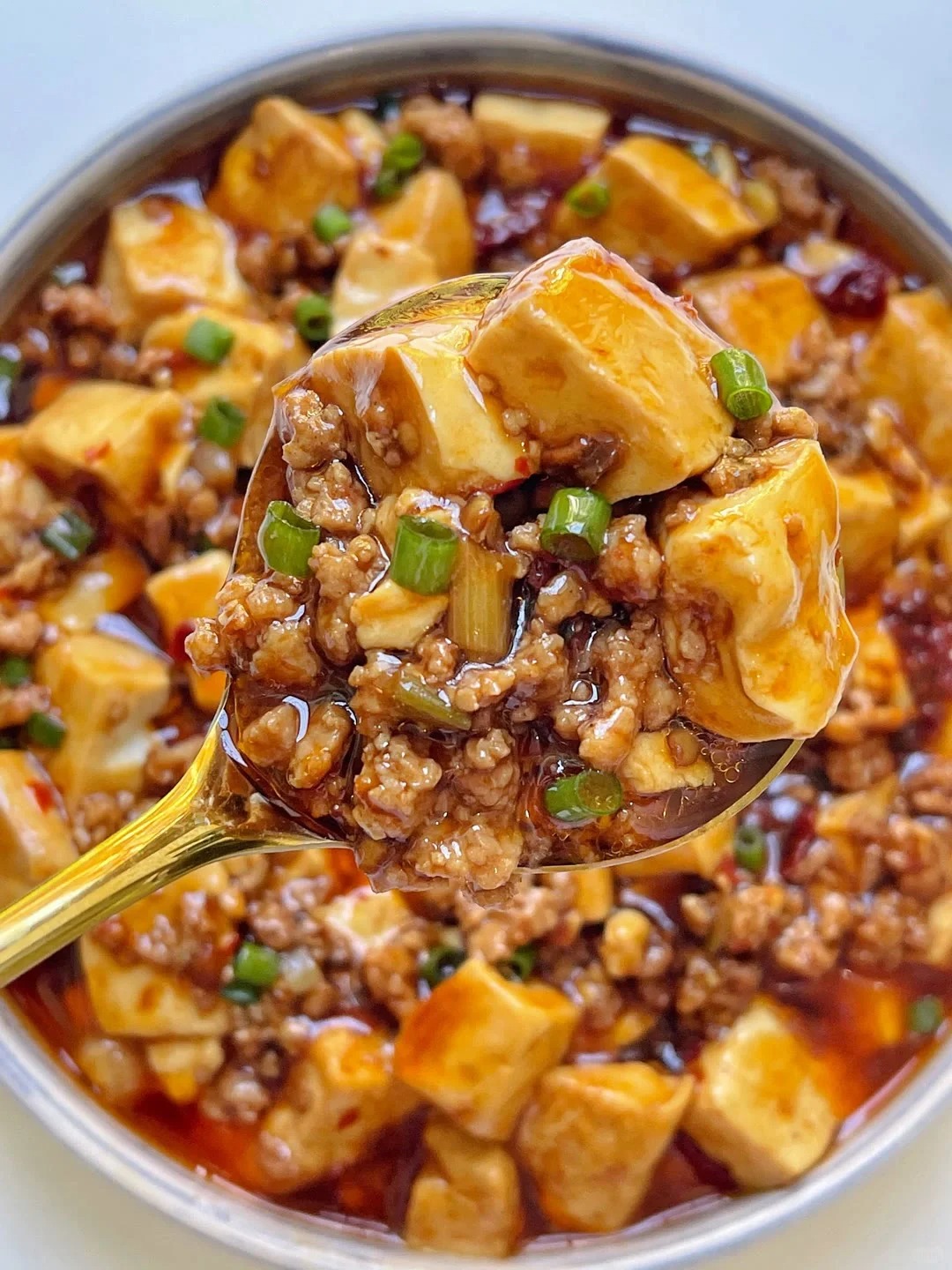
Twice-Cooked Pork: Made with boiled pork belly, sliced and stir-fried with a rich array of seasonings, offering a savory and spicy flavor.
Kung Pao Chicken: This dish features diced chicken stir-fried with peanuts and chili peppers, delivering a sweet, spicy, and crispy texture.
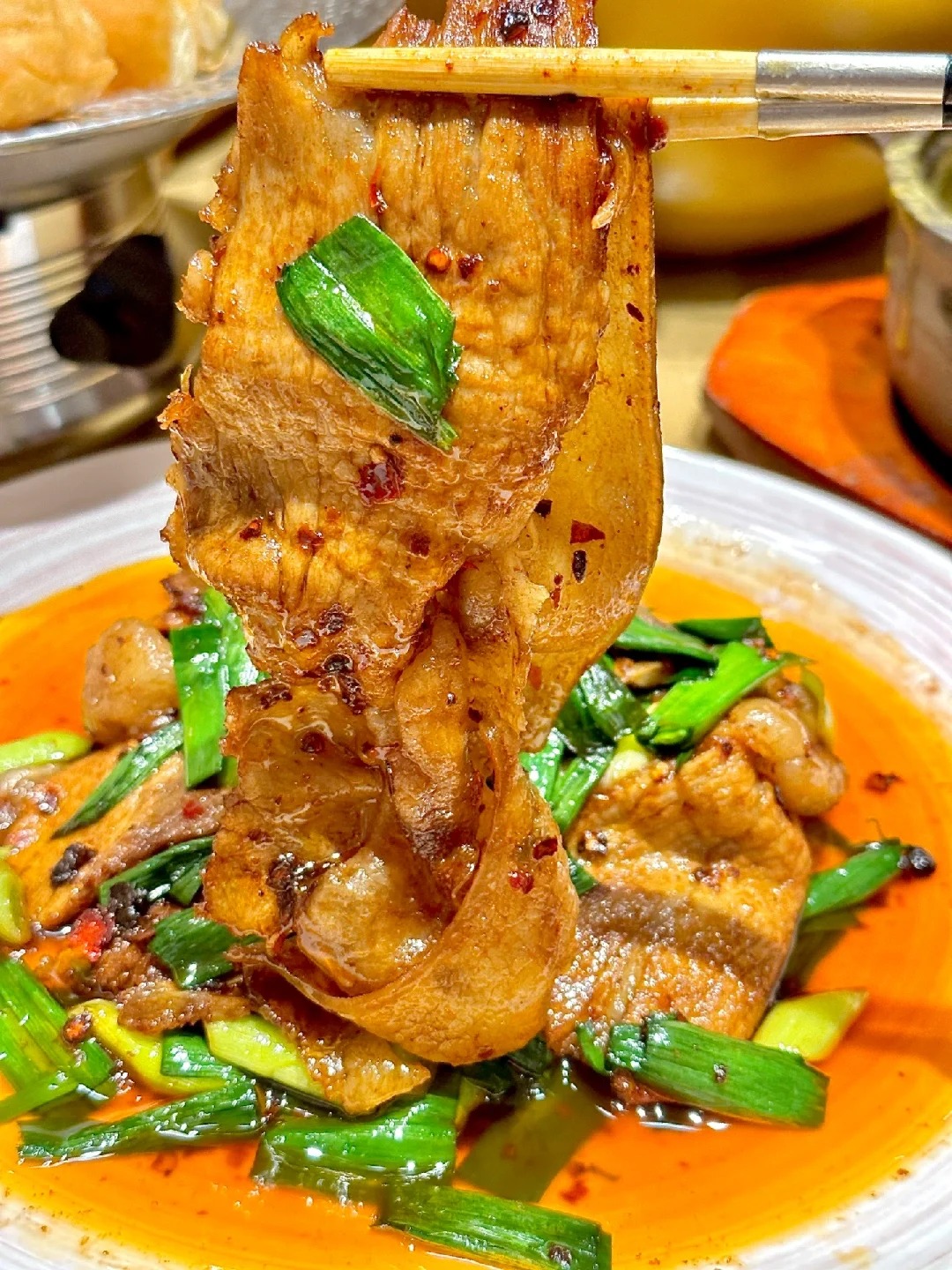
Boiled Fish: Fresh fish fillets cooked with a generous amount of chili peppers and Sichuan peppercorns, resulting in tender fish and a thick, spicy broth.
Yuxiang Shredded Pork: Despite its name meaning "fish-flavored," this dish contains no fish. It uses vinegar, sugar, and chili peppers to create a sweet, sour, and spicy taste.
Cultural Background of Sichuan Cuisine
Geography and Climate
Sichuan is located in a basin with a humid and cold climate, which has shaped the local preference for spicy food, as the heat from chili peppers helps to dispel dampness and cold. The introduction of chili peppers and Sichuan peppercorns significantly contributed to the development of the distinctive flavors found in today’s Sichuan cuisine.
Historical Influence
The evolution of Sichuan cuisine can be traced back to the Three Kingdoms period. Due to Sichuan’s geographical advantages, it gradually became an important cultural and economic hub, fostering the development of culinary techniques. During the Ming and Qing Dynasties, the introduction of chili peppers to China greatly enriched the flavor profiles of Sichuan cuisine. By the late Qing and early Republican periods, Sichuan cuisine had become famous nationwide.
Abundant Ingredients
Sichuan’s favorable natural environment provides a wide variety of ingredients, including livestock, poultry, seafood, vegetables, and legumes. Special local products, such as Sichuan pickles and preserved foods, further enrich the diversity of Sichuan cuisine.
Cultural Integration and Innovation
Throughout history, Sichuan cuisine has absorbed the strengths of other culinary traditions and continued to innovate. For instance, some dishes in Sichuan cuisine have incorporated elements from Cantonese and Shandong cuisines, resulting in a more inclusive and diverse flavor profile.
Sichuan Cuisine and Folk Culture
Sichuan cuisine is deeply intertwined with local customs and festivals. During the Lunar New Year, for example, Sichuanese people enjoy a variety of Sichuan-style cured meats and sausages, which are also signature dishes in the region’s cuisine.
Modern Development of Sichuan Cuisine
Today, Sichuan cuisine has spread across the globe and is one of the most popular Chinese culinary traditions worldwide. Whether in Asia, the Americas, or Europe, Sichuan cuisine can be found in restaurants everywhere. As people become more health-conscious, the cooking methods in Sichuan cuisine have also evolved, with lighter, less oily versions of traditional dishes emerging. While the classic mala flavors remain, there is a growing trend toward more balanced and health-focused adaptations of Sichuan cuisine.
In conclusion, Sichuan cuisine is much more than just "mala." It represents a rich culinary tradition with complex flavors and cooking techniques. Behind it lies a deep history and diverse cultural practices from the Sichuan region. Through Sichuan cuisine, one can experience the diversity of Chinese culinary culture and the unique regional charm of Sichuan.

